Maybe by 5 to 10 years JWST will have an answer for us.
Researchers from Japan add a new wrinkle to a popular theory and set the stage for the formation of monstrous black holes.
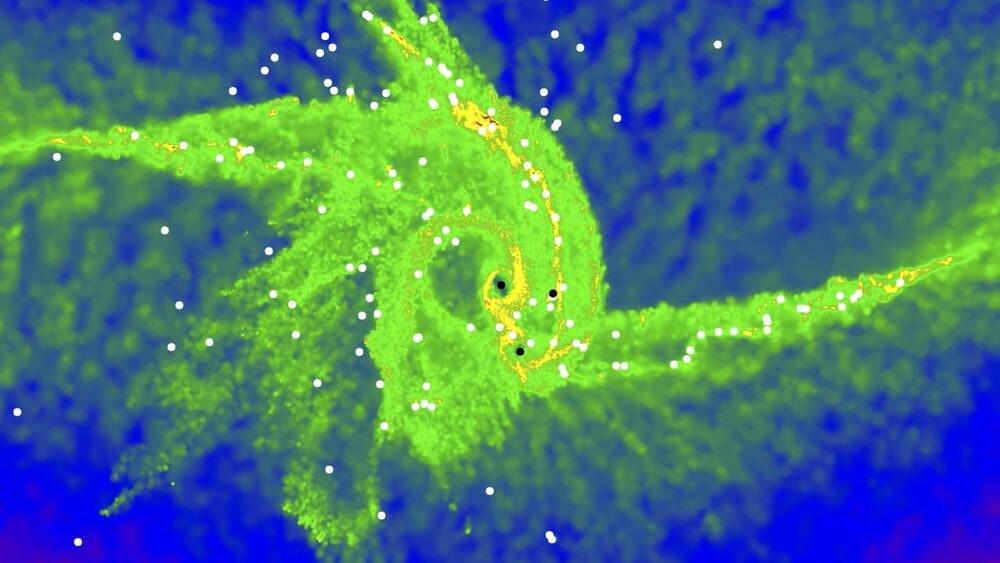


Just in time for Halloween’s spooky season, a quantum sensor now has double the spookiness by combining entanglement between atoms and delocalization of atoms.
Future quantum sensors will be able to provide more precise navigation, explore for needed natural resources, more precisely determine fundamental constants, look more precisely for dark matter, or maybe someday discover gravitational waves thanks to a team of researchers led by Fellow James K. Thompson from the Joint Institute for Laboratory Astrophysics (JILA) and the National Institute of Standards and Technology (NIST).
Thompson and his team have for the first time successfully combined two of the “spookiest” features of quantum mechanics: entanglement between atoms and delocalization of atoms. By doubling down on these “spooky” features, better quantum sensors can be made.
Full Story:
Metamorworks/iStock.
What are these ‘spooky’ features?
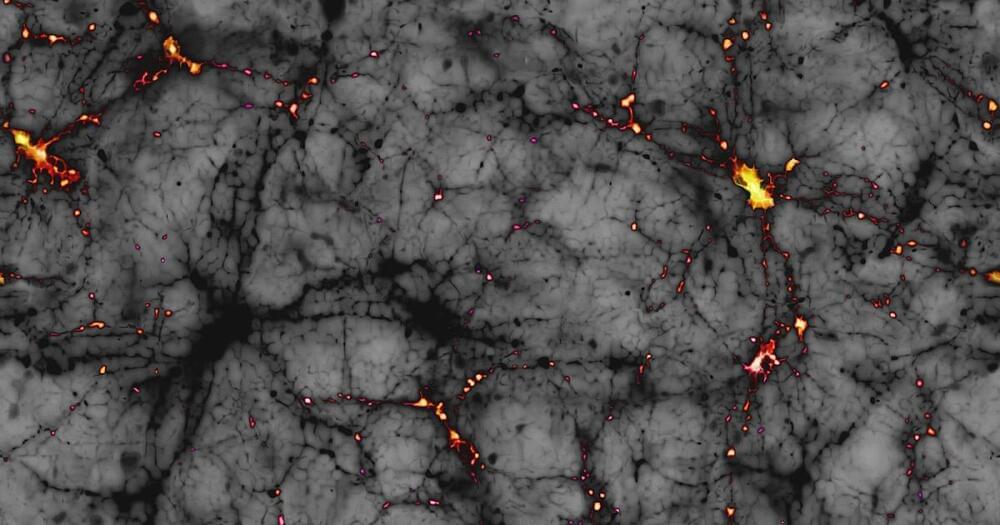
Researchers at the University of Waterloo in Waterloo, Ontario say they’ve captured the first composite image of something that – although astronomers have talked about it for decades – has been hitherto unseen, and in fact undetected. They say it’s an image of dark matter, a connection point in the great cosmic web in which our universe’s billions of galaxies are thought to be embedded. The Royal Astronomical Society, which published the new work in its peer-reviewed Monthly Notices, said in a statement:
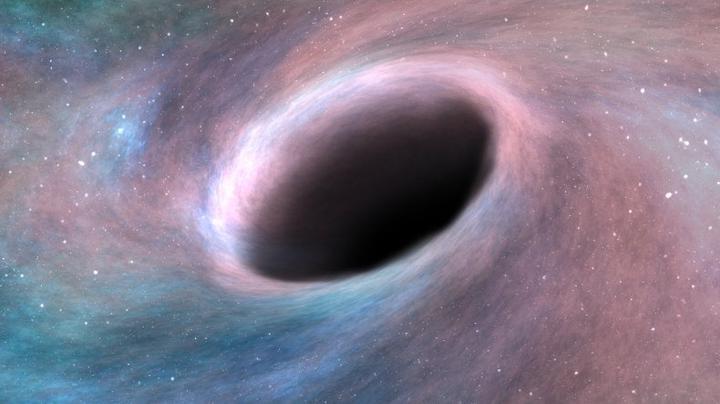
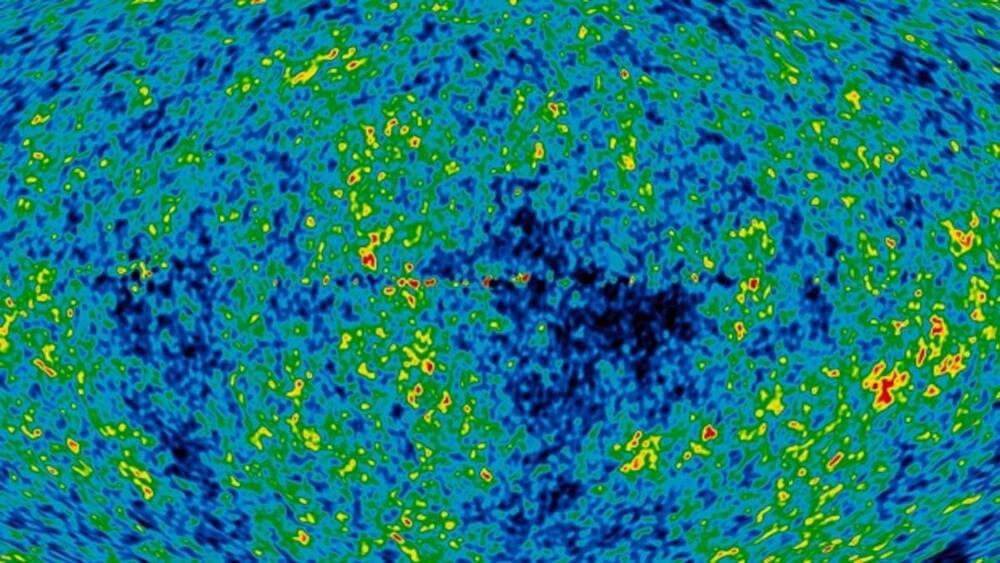
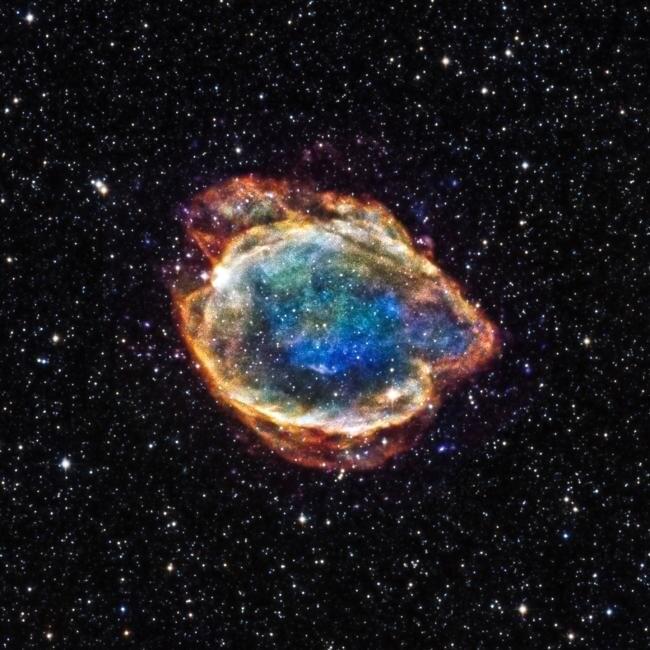
Astrophysicists have performed a powerful new analysis that places the most precise limits yet on the composition and evolution of the universe. With this analysis, dubbed Pantheon+, cosmologists find themselves at a crossroads.
Pantheon+ convincingly finds that the cosmos is composed of about two-thirds dark energy and one-third matter—mostly in the form of dark matter—and is expanding at an accelerating pace over the last several billion years. However, Pantheon+ also cements a major disagreement over the pace of that expansion that has yet to be solved.
By putting prevailing modern cosmological theories, known as the Standard Model of Cosmology, on even firmer evidentiary and statistical footing, Pantheon+ further closes the door on alternative frameworks accounting for dark energy and dark matter. Both are bedrocks of the Standard Model of Cosmology but have yet to be directly detected and rank among the model’s biggest mysteries. Following through on the results of Pantheon+, researchers can now pursue more precise observational tests and hone explanations for the ostensible cosmos.
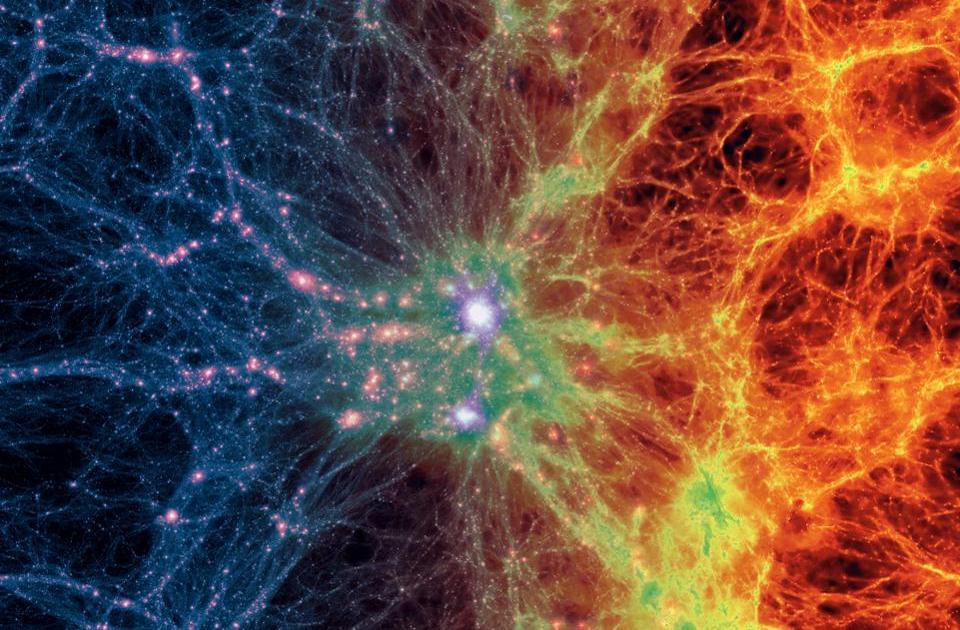
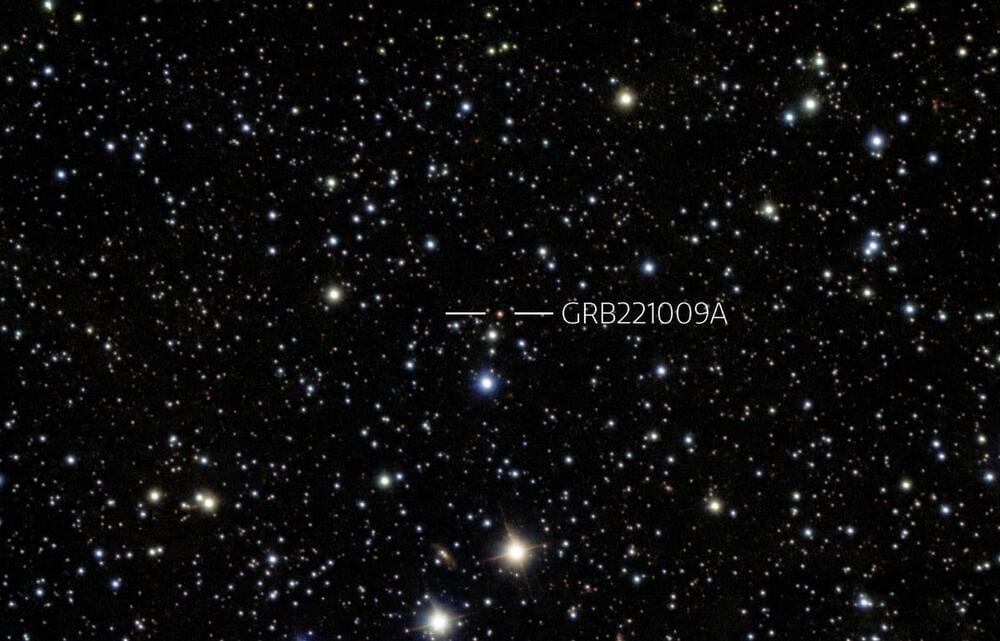
On Oct. 9, an unimaginably powerful influx of X-rays and gamma rays infiltrated our solar system. It was likely the result of a massive explosion that happened 2.4 billion light-years away from Earth, and it has left the science community stunned.
In the wake of the explosion, astrophysicists worldwide turned their telescopes toward the spectacular show, watching it unfold from a variety of cosmic vantage points — and as they vigilantly studied the event’s glimmering afterglow over the following week, they grew shocked by how utterly bright this gamma-ray burst seems to have been.
Eventually, the spectacle’s sheer intensity earned it a fitting (very millennial) name to accompany its robotic title of GRB221009A: B.O.A.T. — the “brightest of all time.”
This chaotic scene is where life’s ingredients are cast off into space. Cassiopeia A exploded in the 17th century, making it a fairly recent one.